Trivia question for Sep-20-2011
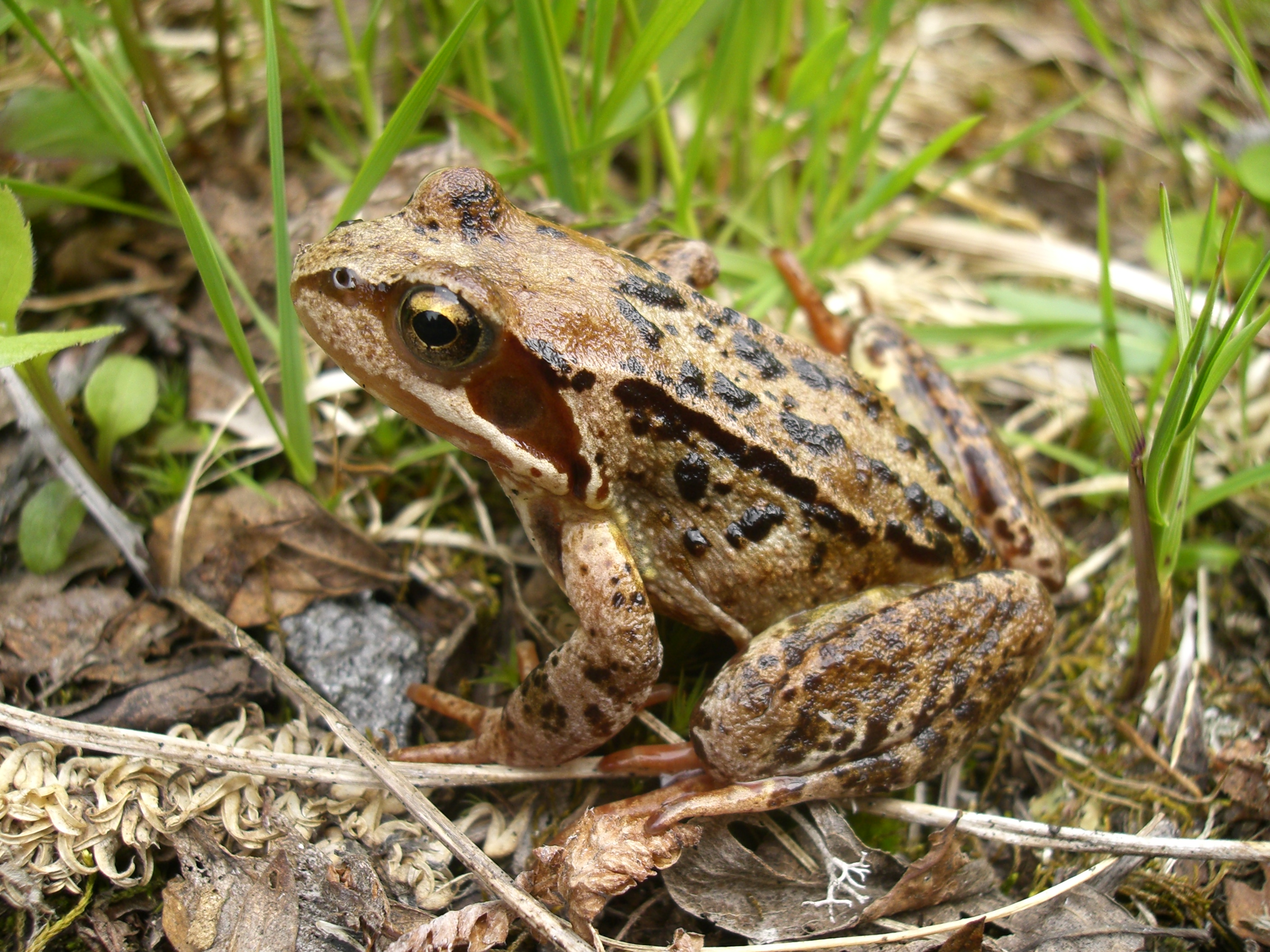
Loss of habitat and the effect of these diseases has caused the decline of populations across their natural range in recent years. It is thought that the spread of the Chytridiomycota fungus has been facilitated by the effects of global warming.
OMG Founders Speak @ Waynesville NC First United Methodist Church

We created our presentation, “All God’s Critters Have A Place In The Choir,” in an effort to help church communities remember our responsibilities and to help them better understand how easy it is to be part of the solution.
Trivia question for Sep-19-2011
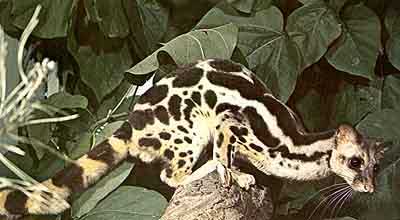
These guys are nocturnal, generally solitary tree dwellers. They are carnivorous, eating squirrels and other rodents, small birds, lizards and insects. Typical size is a little over 1 foot, with a tail that more than doubles that length.
Trivia question for Sep-18-2011
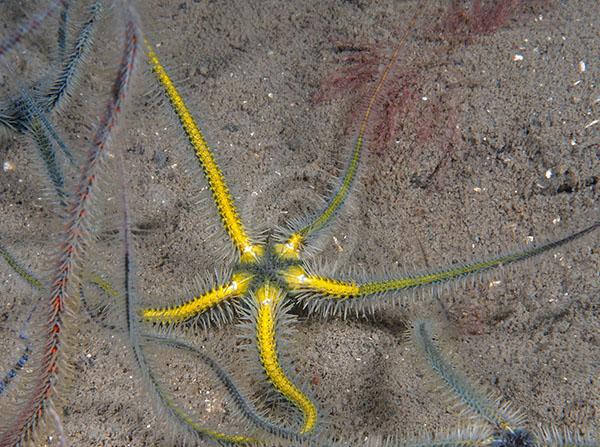
There are some 1,500 species of these invertebrates living today, and they are largely found in deep waters more than 1,650 feet down.
Trivia question for Sep-17-2011
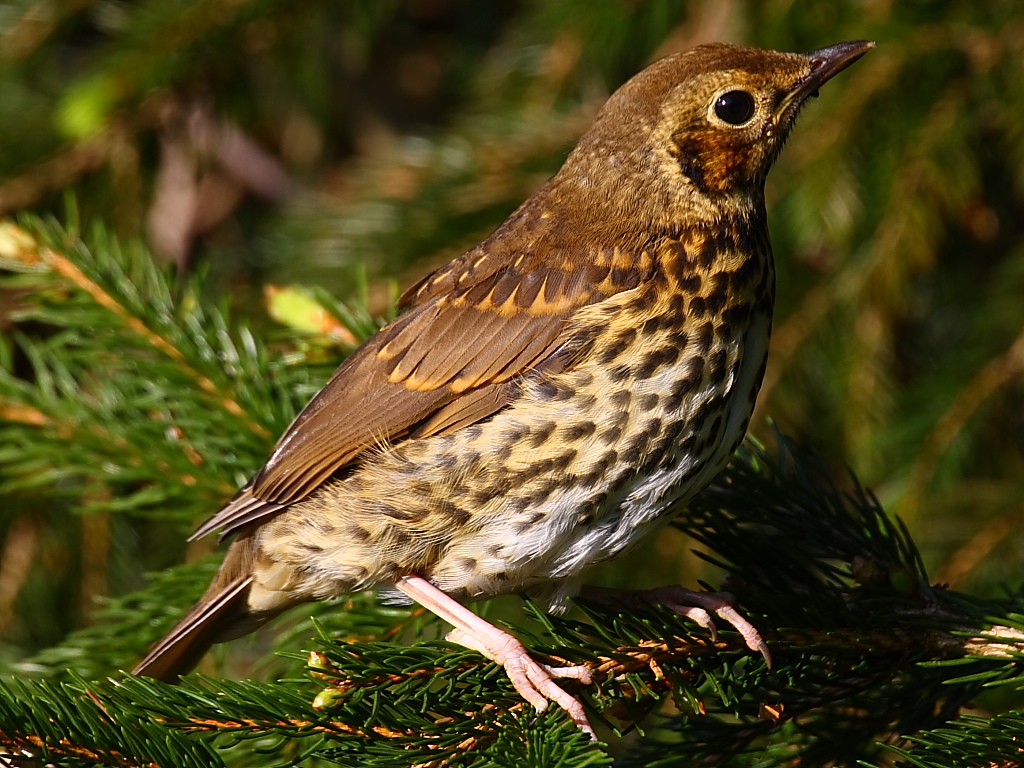
These birds are omnivorous, eating a wide range of invertebrates, especially earthworms and snails, as well as soft fruit and berries. Like its relative, the Blackbird, these birds find animal prey by sight, has a run-and-stop hunting technique on open ground, and will rummage through leaf-litter seeking potential food items.
Trivia question for Sep-16-2011
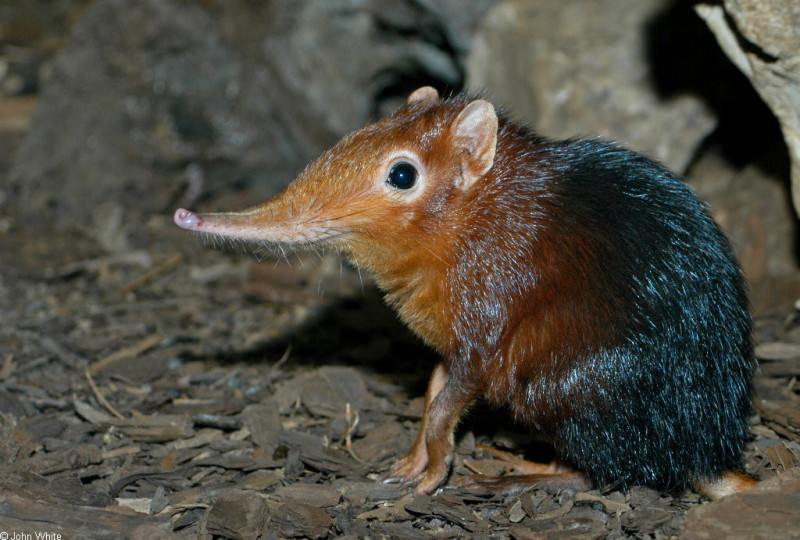
Females give birth to litters of one or three young several times a year, after a gestation period varying from 45 to 60 days. The young are born relatively well developed, but remain in the nest for several days before venturing outside. Females drive away other females while males try to ward off other males. Although they live in pairs, the partners do not care much for each other and their sole purpose of even associating with the opposite sex is for reproduction.
Trivia question for Sep-15-2011
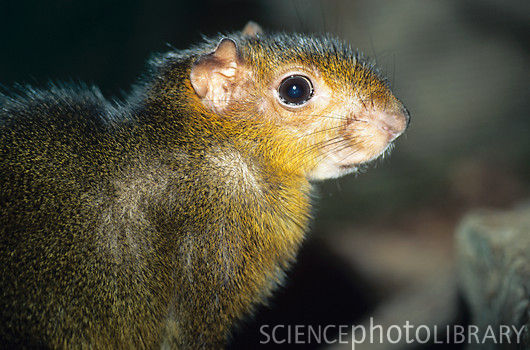
These guys are poorly equipped for defending itself in a fight, it relies on speed and agility to elude predators. Females produce small litters of relatively precocial young, mothers produce a ‘purring’ vocalization to maintain contact with young. Unusually pregnant females do not specifically nest build but will instead choose a preferred nest site for the first week of lactation.
Trivia question for Sep-14-2011
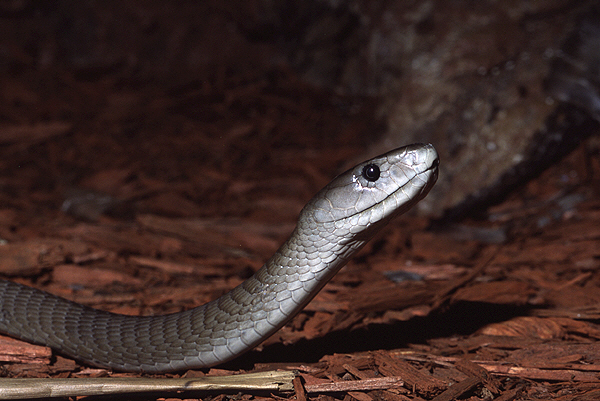
This snakes environment is rapidly diminishing. In Swaziland alone, 75% of the population is employed by subsistence farming. Because of agricultural encroachment on the snakes habitat, the snake is commonly found in sugarcane fields. They will climb to the top of the sugarcane to bask in the sun and possibly wait for prey.
Trivia question for Sep-13-2011
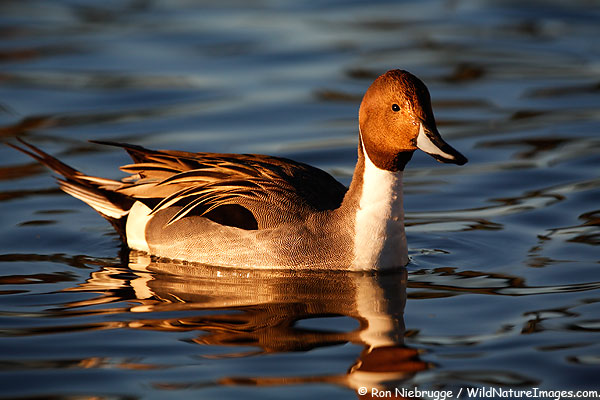
These guys average over 100 miles per day on long migratory flights that often exceed 2,000 miles. This duck’s population is affected by predators, parasites and avian diseases
Trivia question for Sep-12-2011
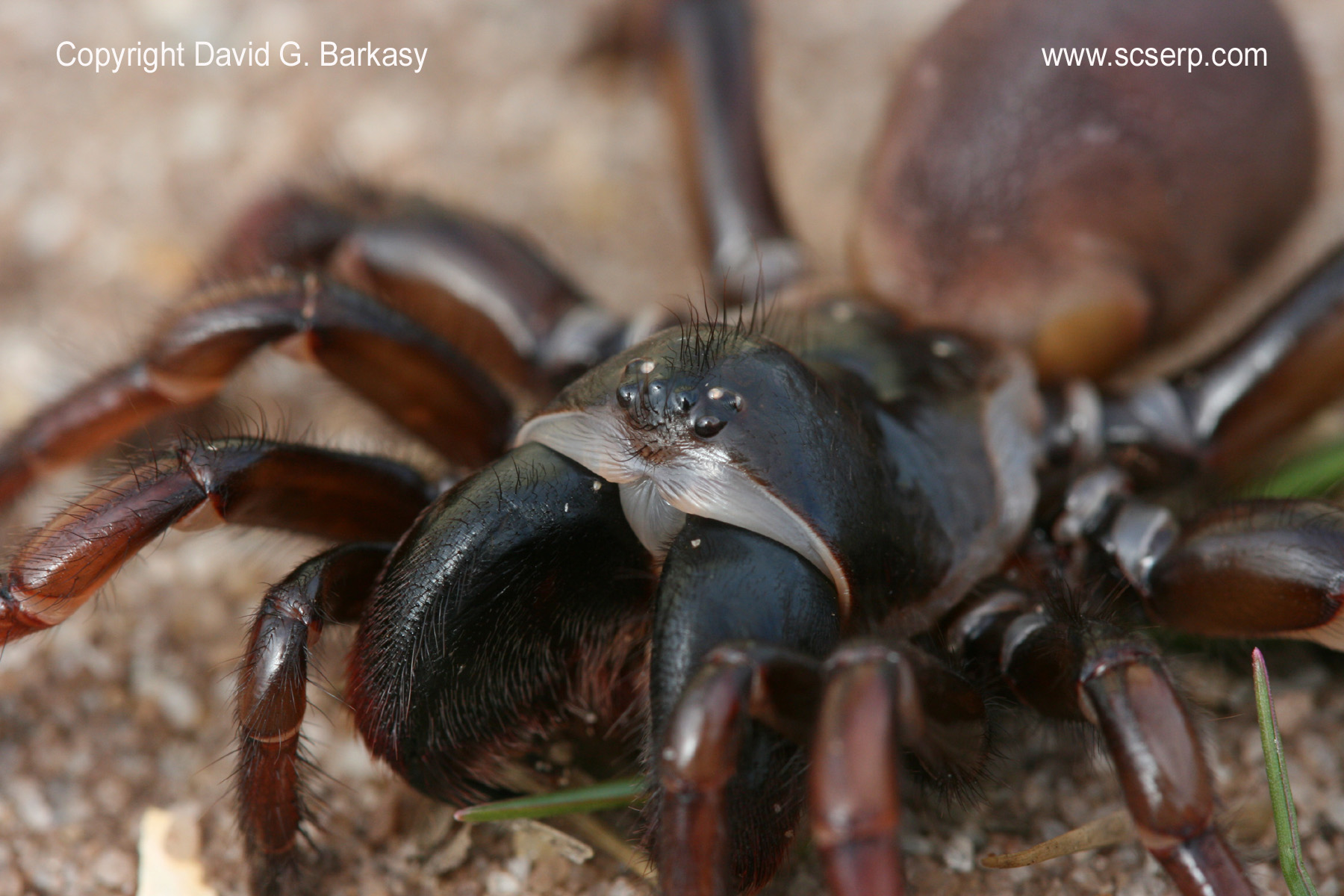
Enemies of these spiders include certain pompilids (spider wasps), which seek out the burrows and manage to gain entrance. They sting the owner and lay their eggs (usually one per spider) on its body. When the egg hatches, the larva devours the spider alive.
Trivia question for Sep-11-2011
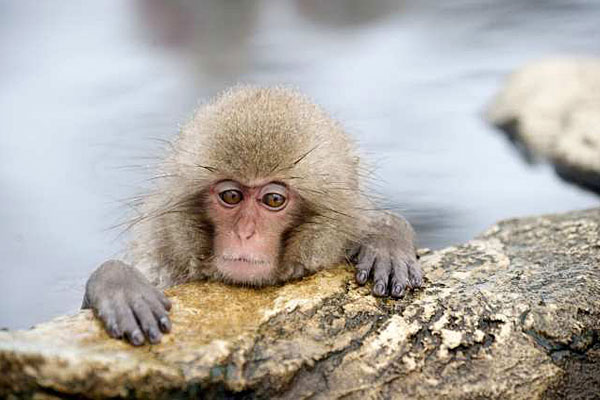
These primates live in a variety of habitats. It inhabits sub-tropical forests in the southern part of its range and sub-arctic forests in mountainous areas in the northern part of its range. It can be found in both warm and cool forests, though usually between those extremes.
Trivia question for Sep-10-2011

As one of the first sea turtle species studied, much of what is known of sea turtle ecology comes from studies of these guys. The ecology of these turtles changes drastically with each stage of its life history.
Trivia question for Sep-09-2011
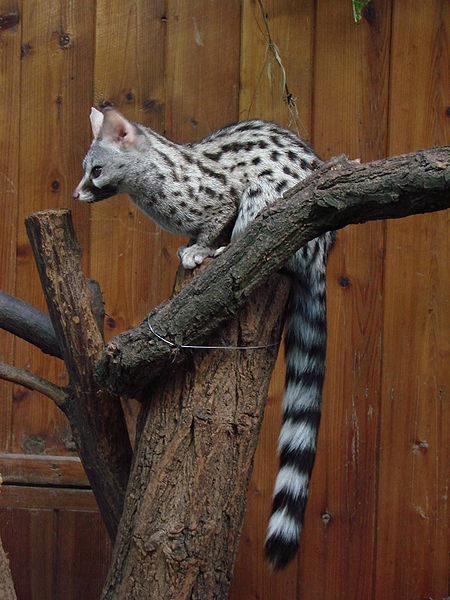
These guys have a varied diet, that consists of small mammals, lizards, birds, amphibians, insects and even fruit. The Wood Mouse is a favorite prey, but some (those from the Balearics) live chiefly on lizards. As these guys are expert climbers, they also prey on Red Squirrels and Dormice. They typically kill with a bite to the neck, like cats.
Trivia question for Sep-08-2011
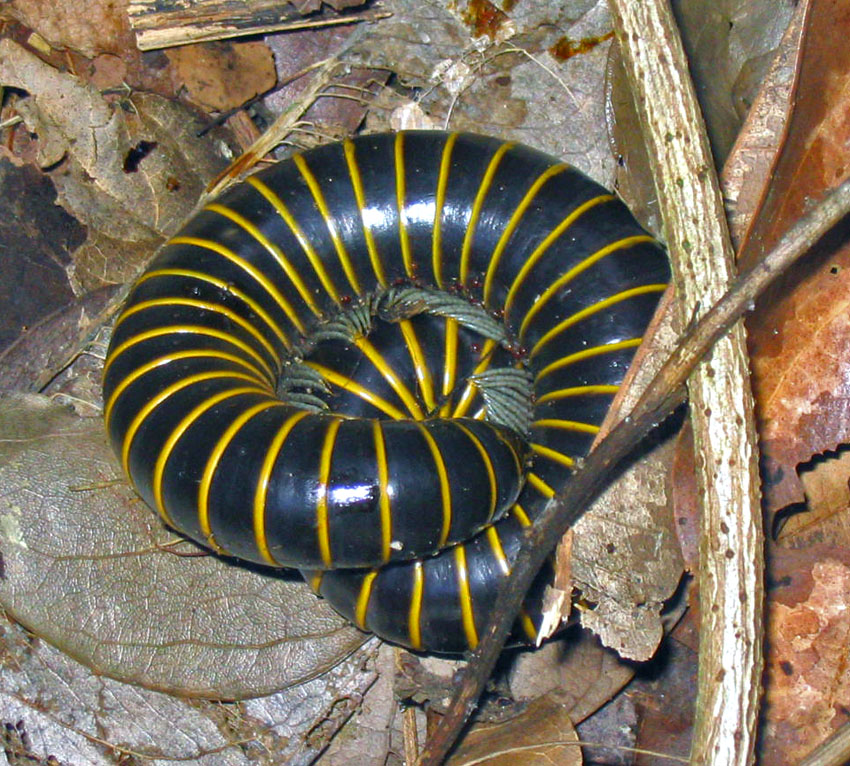
Many species also emit poisonous liquid secretions or hydrogen cyanide gas through microscopic pores called odoriferous glands along the sides of their bodies as a secondary defense. Some of these substances are caustic and can burn the exoskeleton of ants and other insect predators, and the skin and eyes of larger predators.
Trivia question for Sep-07-2011
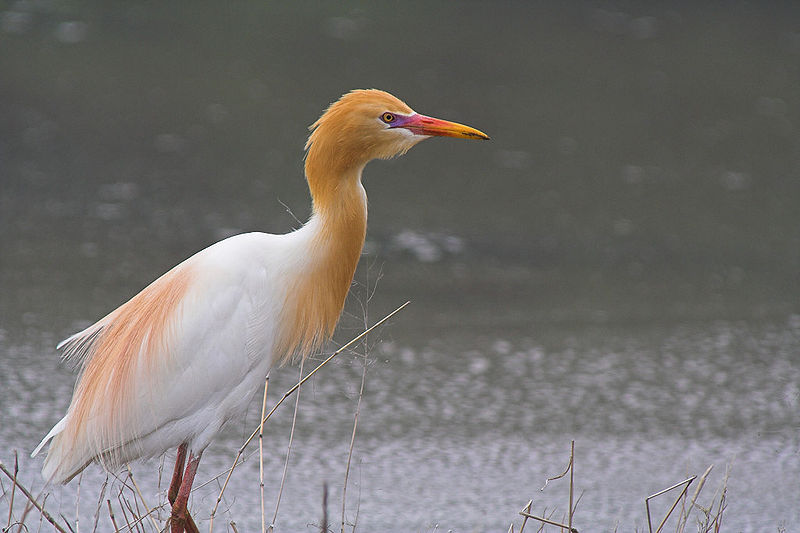
This species has a large range, with an estimated global extent of occurrence of 3.8 million square miles. Its global population estimated to be 3.8–6.7 million individuals.

